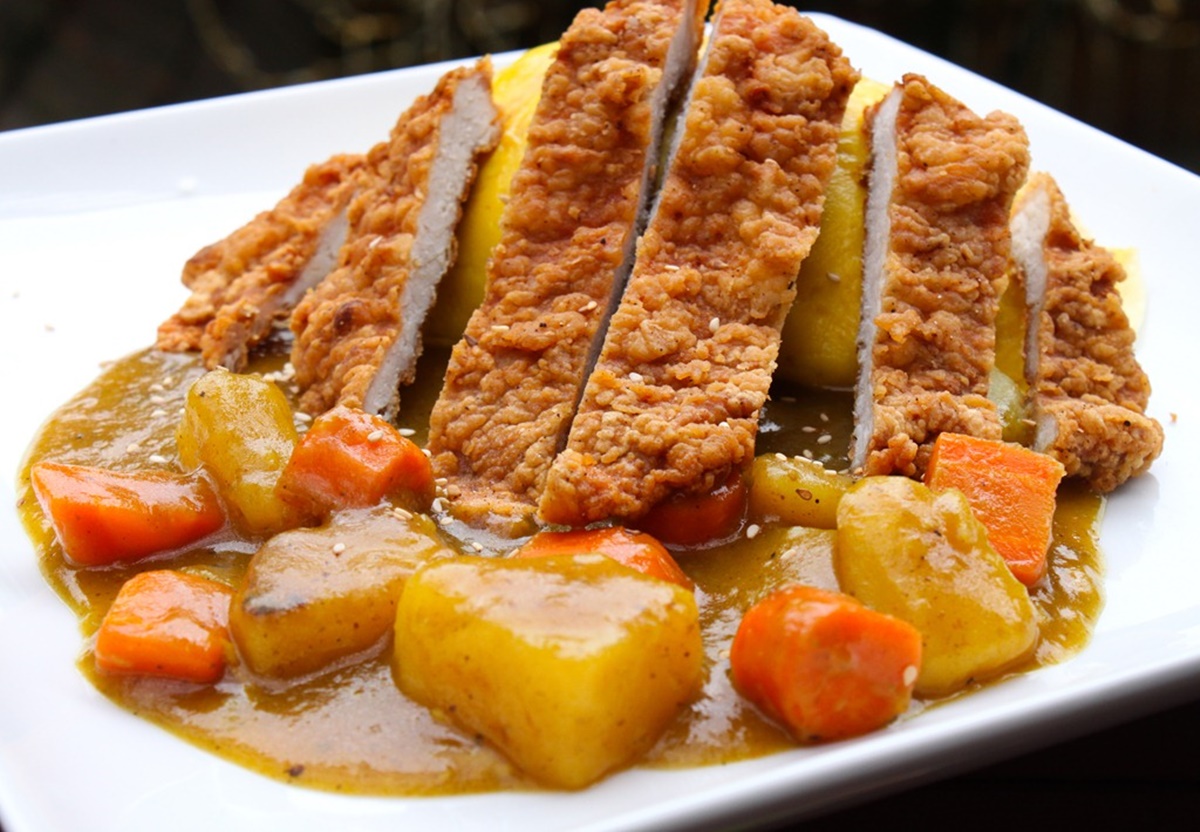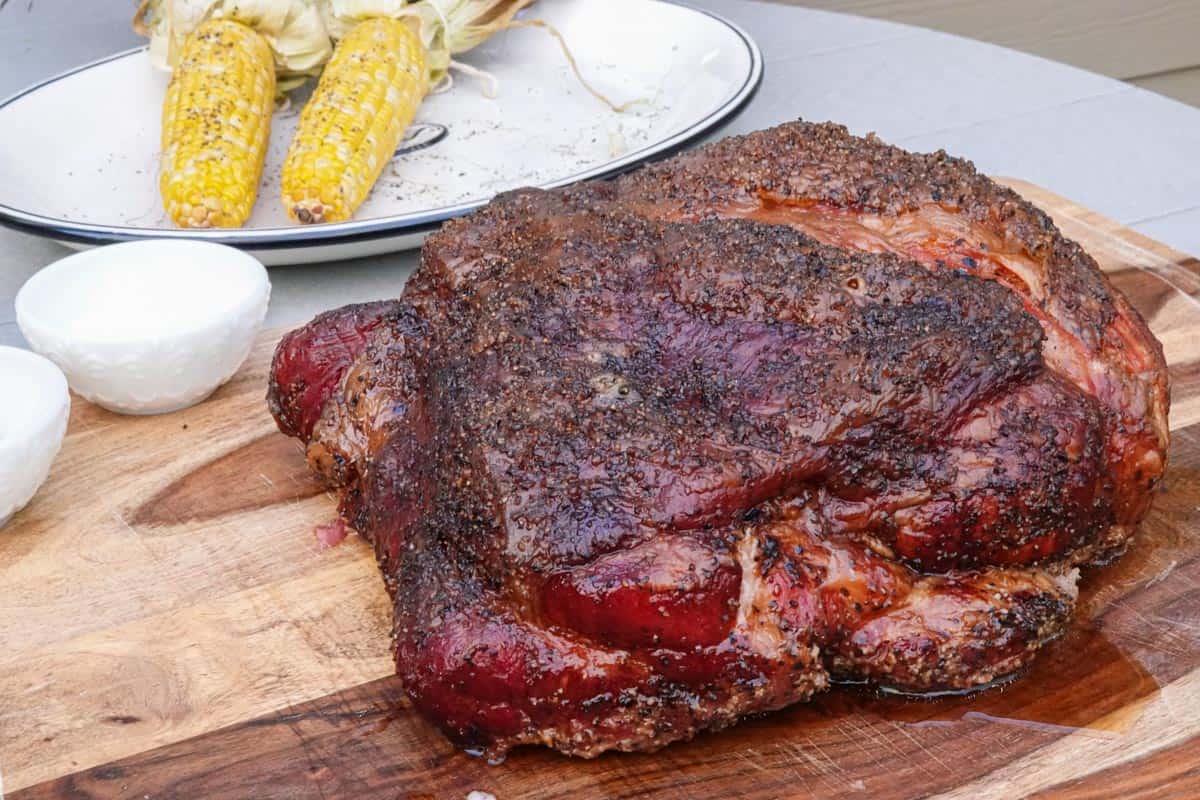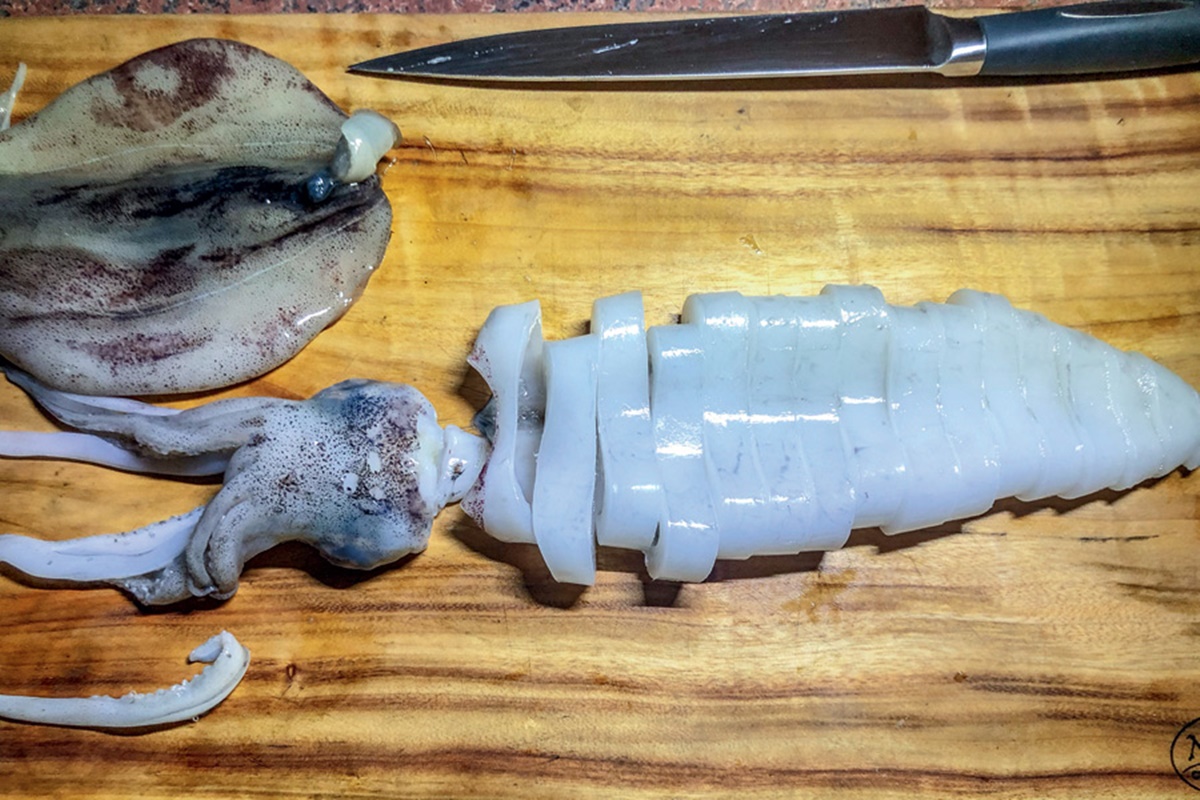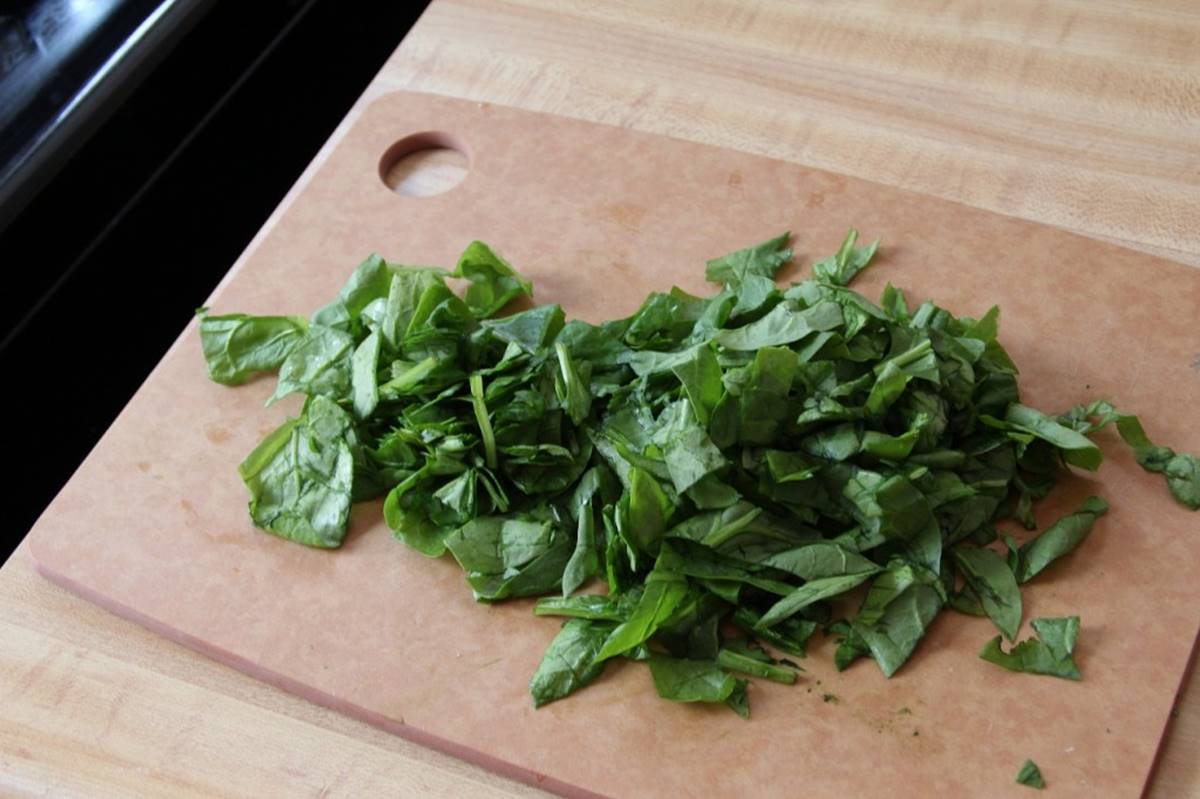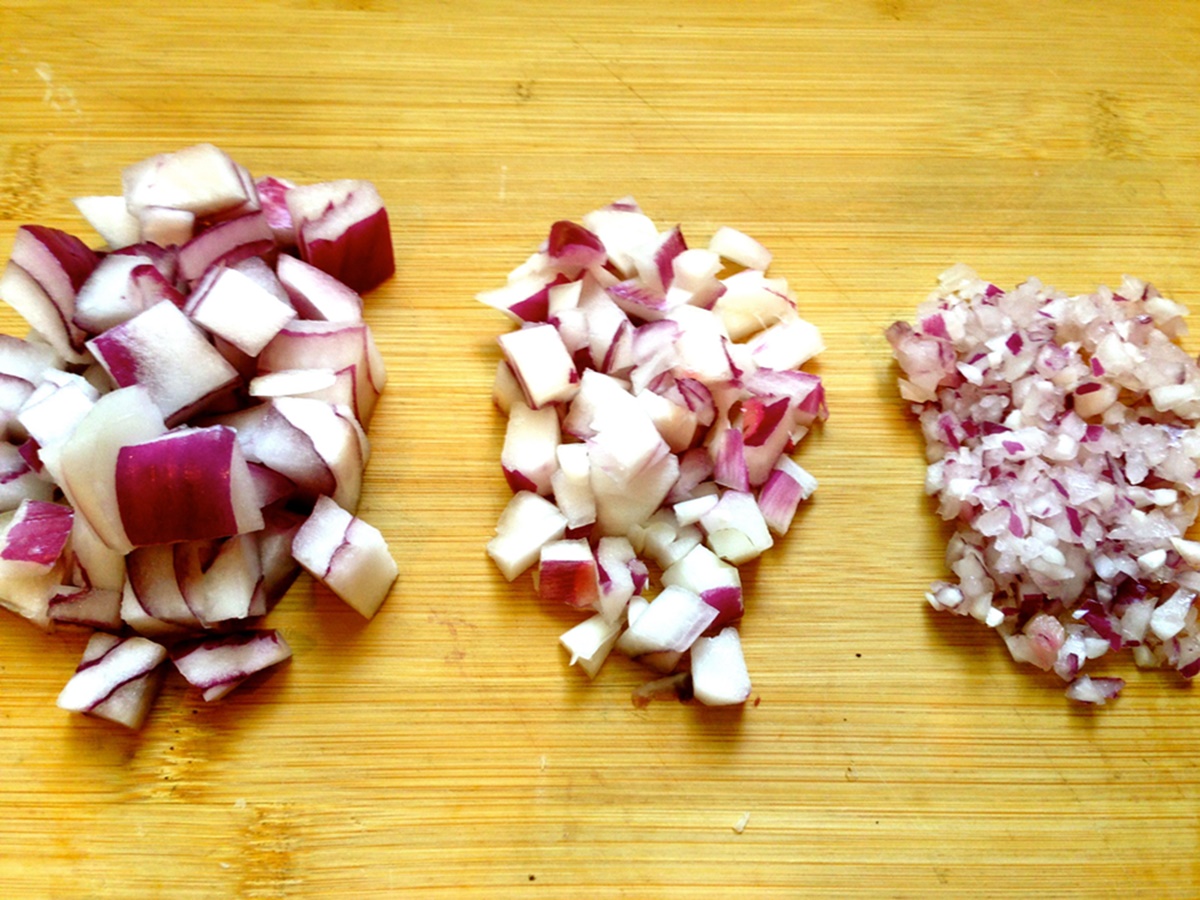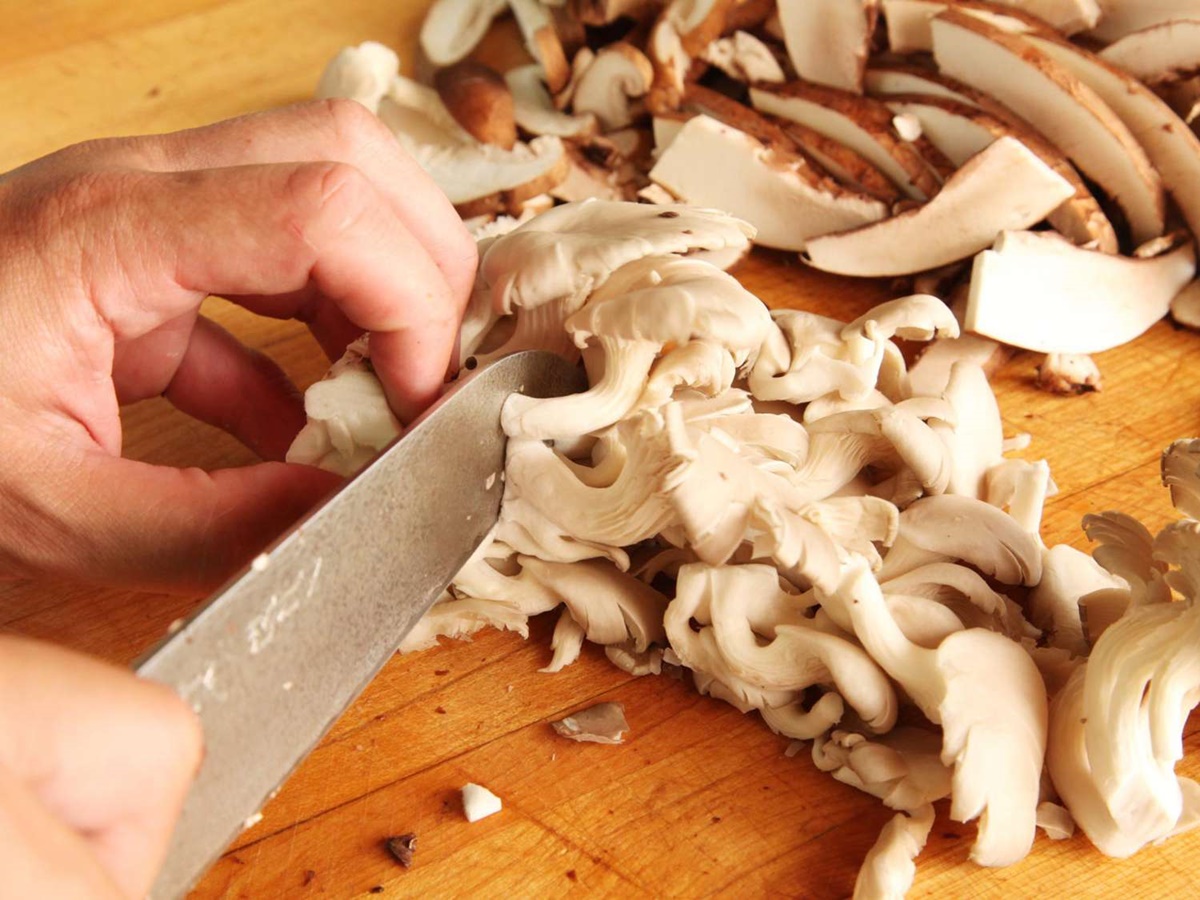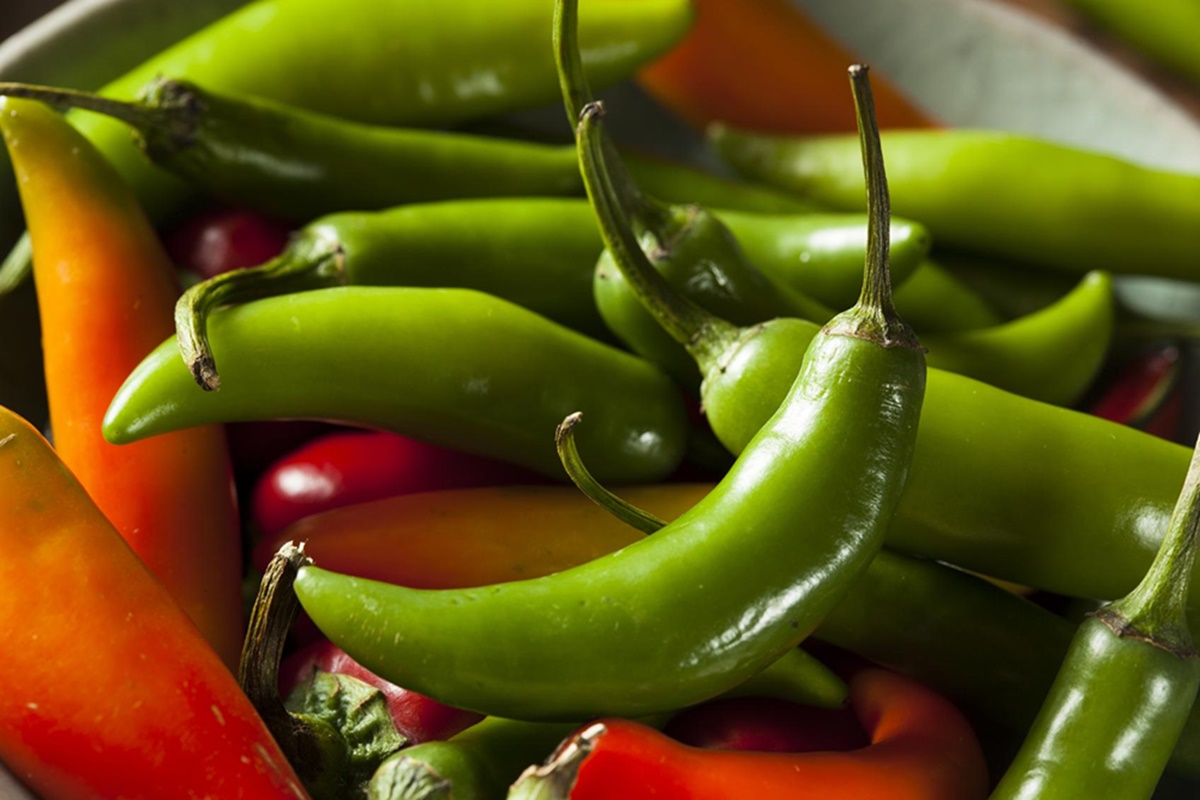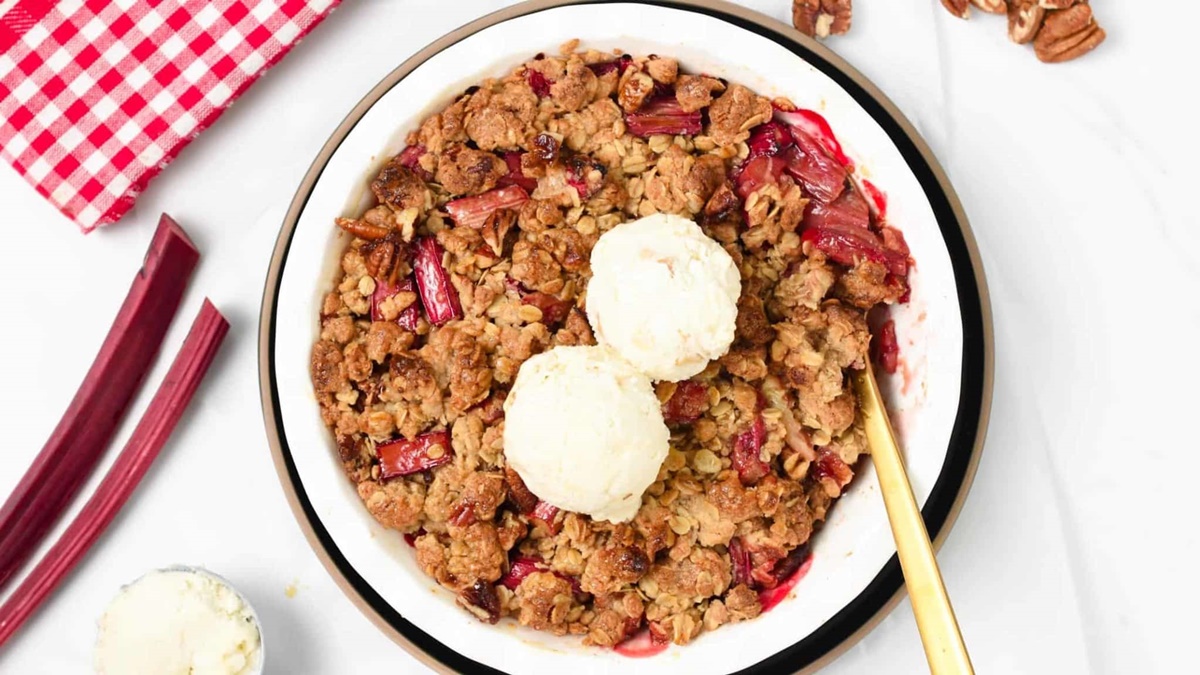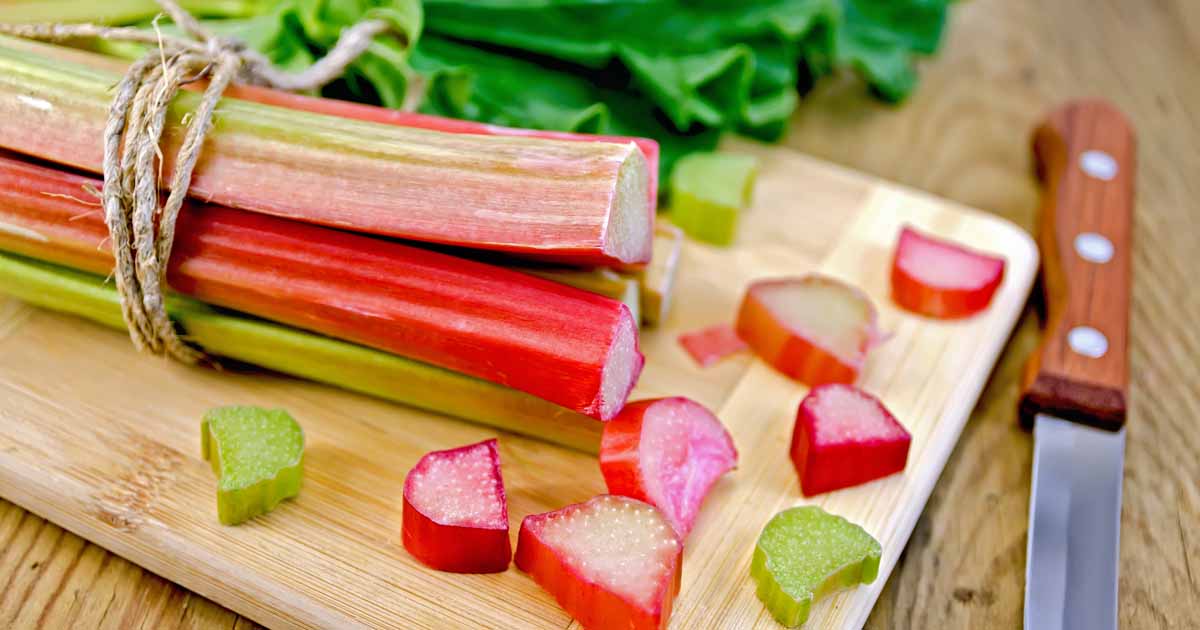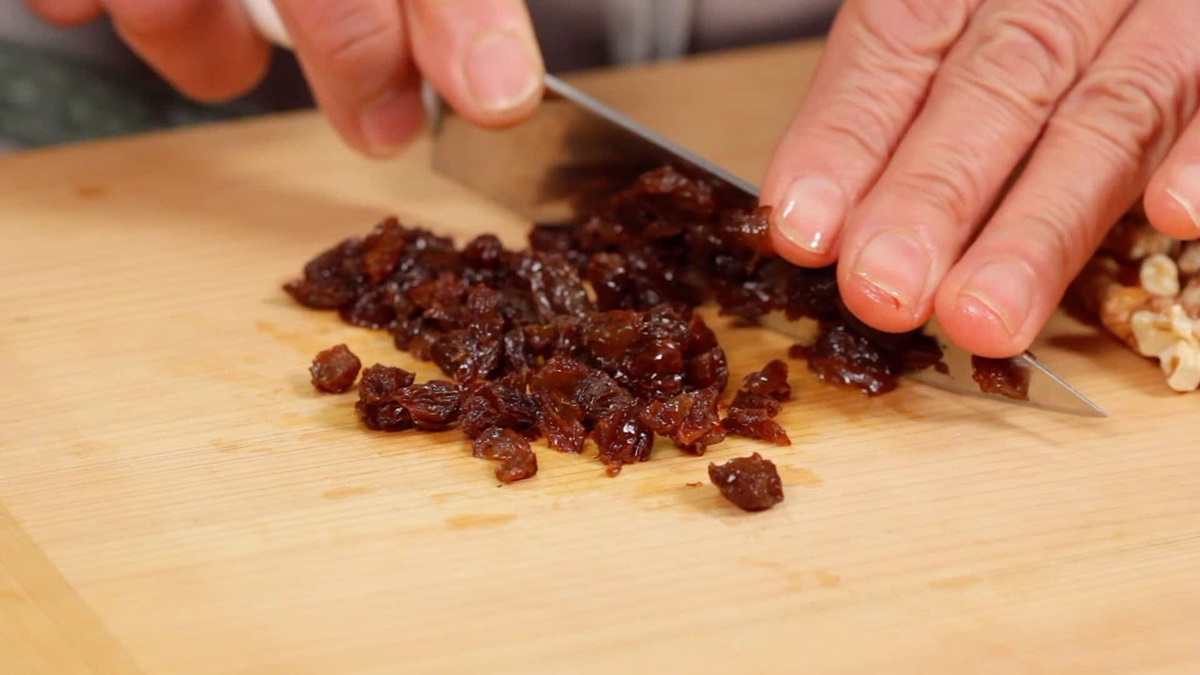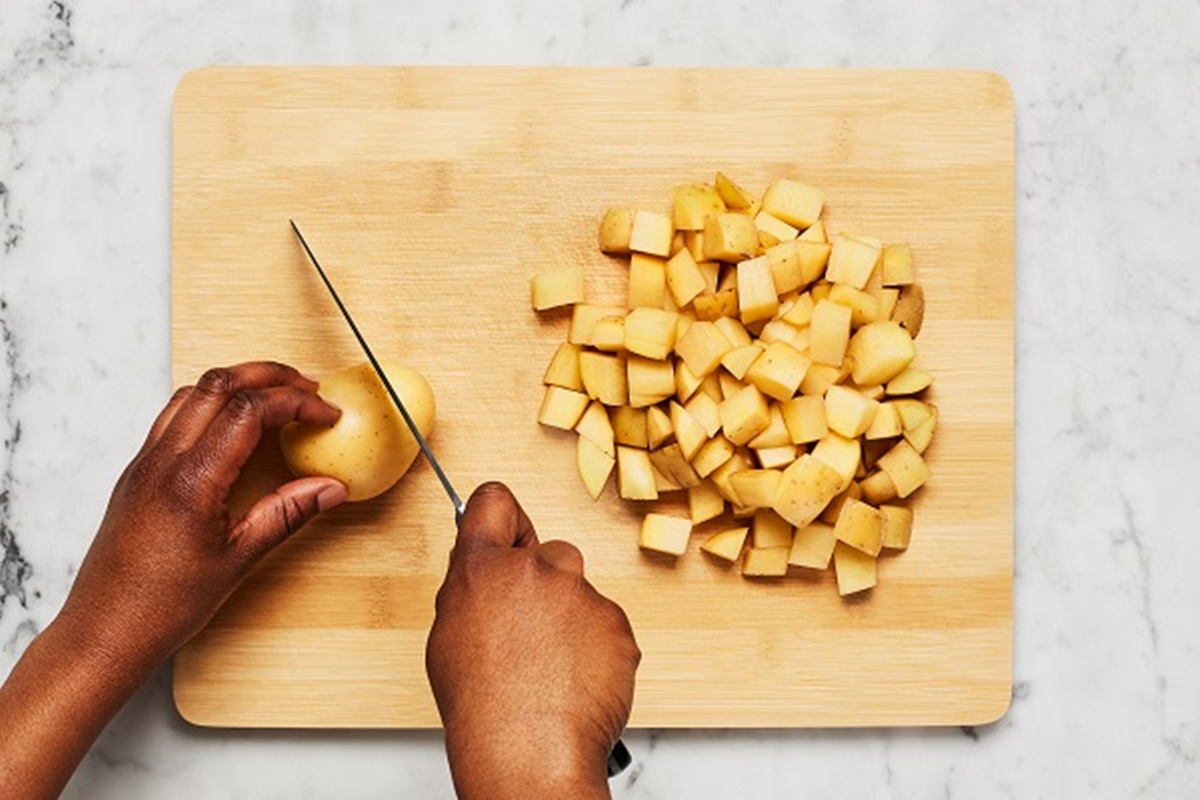How To Chop Steak For Cheesesteak: A True Foodie’s Guide
If you’re a fan of the classic and mouthwatering cheesesteak, then you know that the key to its deliciousness lies in the way the steak is chopped. Properly chopped steak ensures that every bite is tender, flavorful, and perfectly suited for that iconic Philly cheesesteak experience. In this guide, we’ll walk you through the steps to master the art of chopping steak for cheesesteak at home.
What You’ll Need:
- A high-quality cut of beef: Look for ribeye or top sirloin for the best results.
- A sharp chef’s knife: A well-sharpened knife makes all the difference in achieving the right texture.
- Cutting board: Choose a sturdy cutting board that gives you enough space to work.
The Chopping Technique:
Follow these steps to chop steak like a pro:
Step 1: Preparing the Steak
- Start by placing your steak in the freezer for about 30 minutes. Partially freezing the meat makes it easier to slice thinly.
- Remove the steak from the freezer and let it sit at room temperature for 5-10 minutes. This step allows the meat to relax, ensuring a more tender result.
Step 2: Slicing the Steak
- Place the steak on a cutting board and hold it firmly with your non-dominant hand.
- Using a sharp chef’s knife, slice the steak against the grain into thin strips. Aim for slices that are approximately 1/8 inch thick for that perfect texture.
Step 3: Chopping the Steak
- Gather a small batch of the sliced steak and stack the strips neatly on top of each other.
- Hold the stack of steak slices firmly with your non-dominant hand and use your dominant hand to chop the meat into smaller, bite-sized pieces.
- Continue this chopping motion until all the steak is uniformly cut and ready for cooking.
Pro Tips:
- Remember to always slice the steak against the grain. This will result in a more tender and less chewy texture.
- Keep the knife blade at a slight angle while chopping to achieve consistent and even pieces.
- For an extra touch of flavor, marinate the steak before chopping. A simple marinade of olive oil, Worcestershire sauce, minced garlic, and your favorite spices will do wonders.
Now that you have mastered the art of chopping steak for cheesesteak, you are ready to create your own mouthwatering masterpiece. Whether you prefer onions, peppers, or melted cheese, combining your perfectly chopped steak with your favorite toppings will surely result in a cheesesteak that will delight your taste buds. Happy chopping and cheesesteak feasting!
For those eager to master the art of chopping steak for cheesesteak, there are several delicious recipes to try that make the most of this skill. A great starting point is the Classic Philly Cheesesteak Sandwich, where thinly sliced steak is the star, ensuring you get the authentic taste and texture. For a twist, the Philly Cheesesteak Stuffed Peppers offer a low-carb alternative, combining chopped steak with bell peppers for a flavorful, healthy option. Another creative take is the Philly Cheesesteak Quesadillas, melding gooey cheese and tender steak between crispy tortillas. If you're in the mood for a shareable snack, the Philly Cheesesteak Sliders are perfect, featuring bite-sized sandwiches that pack a punch of flavor. Finally, for a fun appetizer, try the Philly Cheesesteak Egg Rolls, which wrap the classic ingredients in a crunchy shell. Each of these recipes showcases the finely chopped steak and is worth a try.
Was this page helpful?
Read Next: How To Chop Strawberries For Babies
